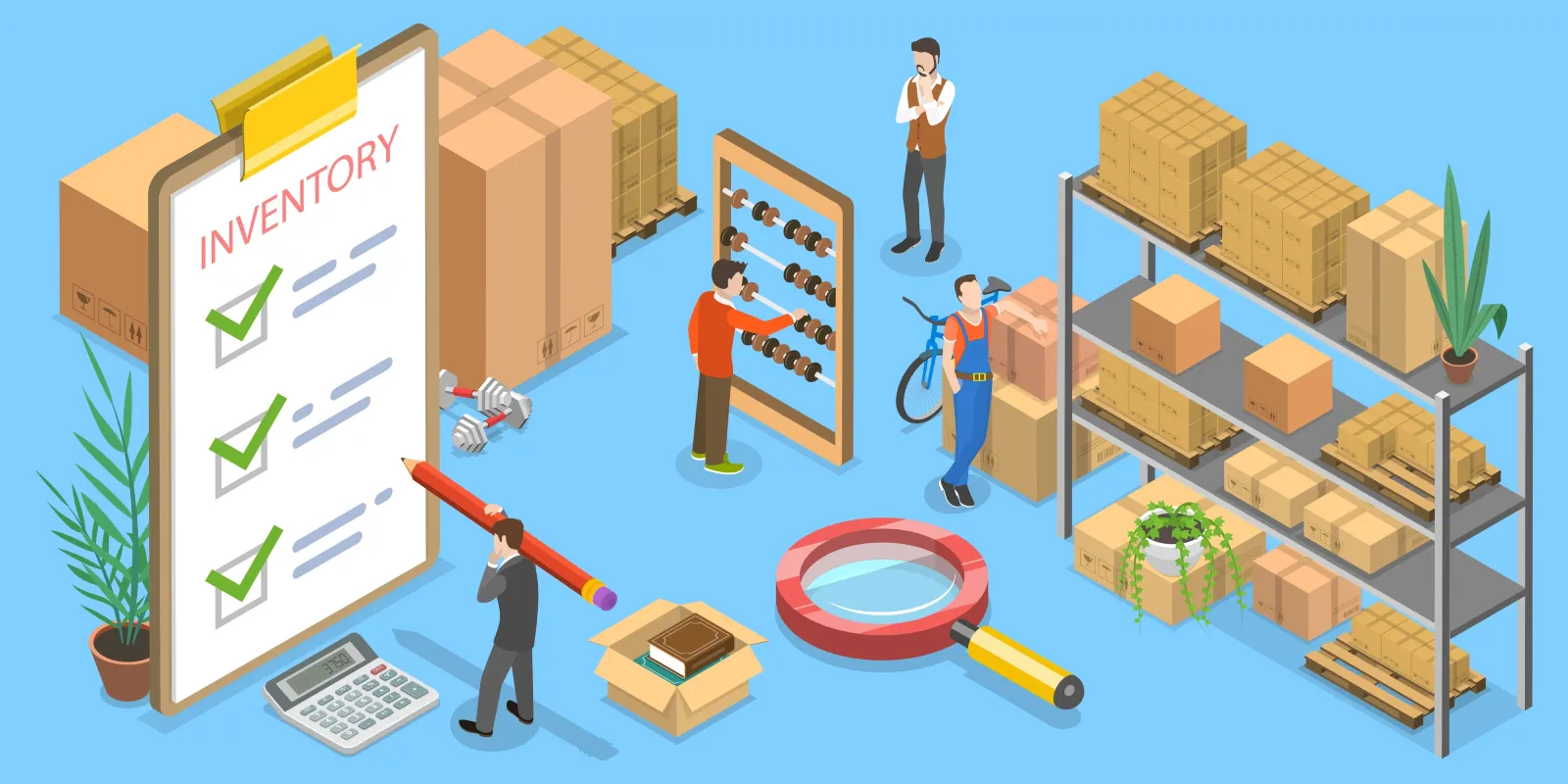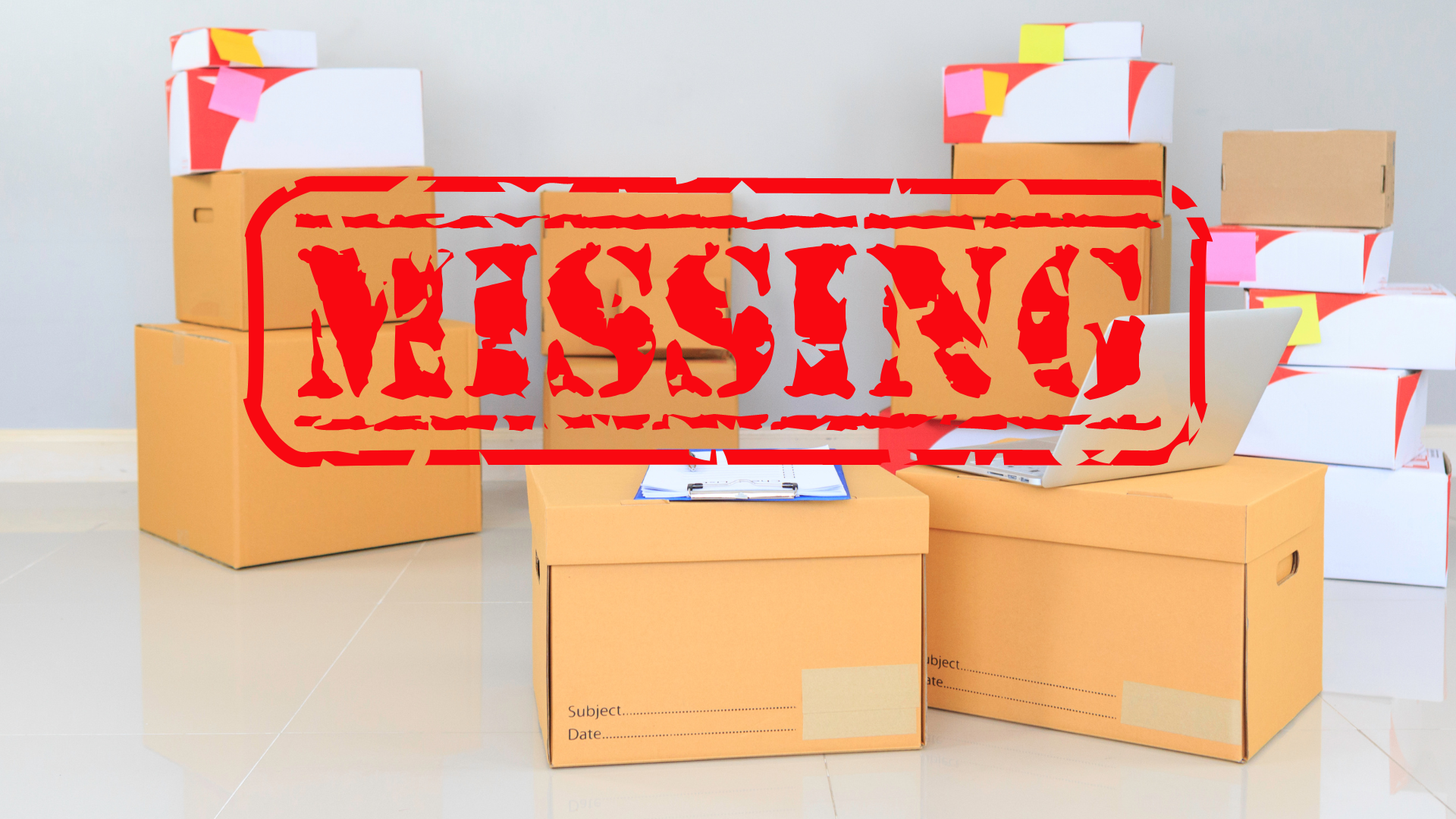What to Do If International Parcel Tracking Stops Updating — 5 Common Reasons
When your international parcel tracking suddenly stops updating, it can be stressful. The tracking page shows no movement, and days go by without new information. This situation doesn’t always mean your package is lost — delays happen for various reasons such as customs clearance, system updates, or carrier transfers. Knowing why tracking stops and how to respond can help you stay calm and act effectively.
If you’re experiencing this problem, visit PostalParcel — a global tracking platform designed to give you real-time updates and accurate parcel insights.

Why Does International Parcel Tracking Stop Updating?
When parcel information freezes, it usually means the system has not received a new scan from the carrier. Because international shipping involves multiple logistics systems, data may take time to sync between different countries and courier networks. The following are the five most common reasons for tracking interruptions and how you can resolve them.
1. Despacho de aduanas Retrasos
Customs inspection is one of the main causes of tracking pauses. Every international parcel must pass through customs before entering or leaving a country.
Possible reasons:
- Missing or incomplete customs paperwork. If documents like invoices or customs declarations are missing or filled out incorrectly, customs will hold the parcel until accurate paperwork is provided. Always ensure the item description, value, and HS code are clearly stated to prevent clearance delays.
- High shipping volumes during holidays. During peak seasons such as Christmas or major sales events, customs offices and sorting centers handle far more packages than usual. This can cause tracking updates to pause for several days while parcels wait in queues for inspection.
- Random inspection by customs officers. Customs sometimes randomly select parcels for manual inspection. This process can temporarily stop tracking updates until the check is complete and the parcel is cleared for release.
- Import taxes or duties pending payment. If customs requires duty or VAT payment before releasing your package, tracking may show “Held at customs.” Pay the requested fee promptly to resume delivery and prevent further delay.
What you can do:
- Contact the courier or customs office to confirm if documents or payments are needed.
- Double-check that all invoices and declarations are correct.
- Be patient — clearance can take a few days or longer depending on the country.
2. Carrier Transfer and Data Sync Delays

Los envíos internacionales suelen pasar por múltiples transportistas. A package that starts with one courier may be handed off to another once it reaches a new country. During this transfer, tracking data may not synchronize immediately.
What you can do:
- Try both the original and local carrier tracking numbers.
- Wait several business days before assuming it’s lost.
- Use a multi-carrier tracking tool to follow updates across different networks.
This type of delay is technical and temporary. Your parcel is most likely still moving even if the system hasn’t updated yet.
3. Technical or Network Errors
Sometimes the carrier’s tracking system fails to upload recent scans. This can happen due to technical outages, scanner errors, or manual input delays at sorting centers.
Common causes:
- Faulty barcode scanners or unreadable labels.
- Internet or software issues in warehouse systems.
- Data uploads delayed during system maintenance.
What you can do:
- Wait 2–3 business days and then check again.
- Visit the courier’s service alert page to see if they’ve reported system problems.
- Use a tracking aggregator such as PostalParcel to access alternate databases and find earlier updates.
If no new scans appear after several days, contact the carrier’s customer service with your tracking number and request a trace.
4. Misrouting or Transit Backlog

Packages can occasionally be sent to the wrong hub or get stuck in regional backlogs. This is especially common during sales seasons or global transport congestion.
Señales de alarma:
- Tracking location doesn’t change for more than five days.
- Delivery date keeps extending.
- Parcel repeatedly shows “in transit” or “departed facility.”
What you can do:
- Contact the carrier to confirm the parcel’s last known location.
- Ask whether it was redirected to another processing hub.
- Request a manual trace or internal scan to locate it faster.
Sometimes air freight shipments won’t update until they arrive at the destination country. Gaps of up to ten days are normal for long-distance flights.
5. Lost or Damaged Parcels
If tracking shows no movement for more than fifteen business days, the parcel might be lost or damaged. This is uncommon but can occur during long routes or poor weather.
Actions to take:
- File a missing parcel claim with the carrier.
- Ask the sender or store to open an insurance claim if coverage was included.
- Provide all supporting details: order ID, receipts, and tracking records.
Compensation and follow-up:
- Most carriers offer partial or full reimbursement for confirmed losses.
- For insured shipments, claims usually must be filed within 30–60 days.
Act quickly and keep your documentation organized to increase your chances of reimbursement or recovery.
How to Handle Shipment Gaps Proactively

You can minimize uncertainty by preparing before issues occur.
Buenas prácticas:
- Use a reliable international parcel tracking system such as PostalParcel that consolidates data from multiple carriers.
- Always select shipping options that include insurance and tracking.
- Enable email or SMS updates to receive alerts automatically.
- For expensive items, request a signature on delivery.
Taking these steps ensures you maintain visibility even when one courier’s system experiences a delay.
When Should You Contact the Carrier?
You don’t need to contact the courier after just one day of inactivity. Wait 7–10 business days before reaching out unless your shipment is time-sensitive.
Prepare before calling:
- Have your tracking number, shipping date, and origin country ready.
- Keep your proof of purchase and contact details accessible.
When speaking with customer support:
- Ask for the most recent internal scan record.
- Confirm whether your package is still in transit or held for inspection.
- Request a case number for follow-up.
If you receive no updates after contacting the courier, ask the sender to file a formal investigation or claim.
Principales conclusiones
- Tracking interruptions are common in international logistics and rarely mean the package is lost.
- The five main causes include customs delays, carrier transfers, system issues, misrouting, and rare cases of loss or damage.
- Always use a reliable international parcel tracking platform that connects multiple carriers for accurate updates.
- Stay patient but proactive — most parcels resume tracking within several days.
- Keep your communication records and receipts organized in case you need to file a claim.
Parcel delays can be stressful, but understanding why they happen helps you act confidently. With patience, proper documentation, and advanced tracking tools, most shipments can be located and delivered successfully.
For the most reliable and real-time updates, visit PostalParcel — a trusted tool for global parcel tracking and delivery recovery.
Perspectivas del sector
noticias vía inbox
Nulla turp dis cursus. Integer liberos euismod pretium faucibua








